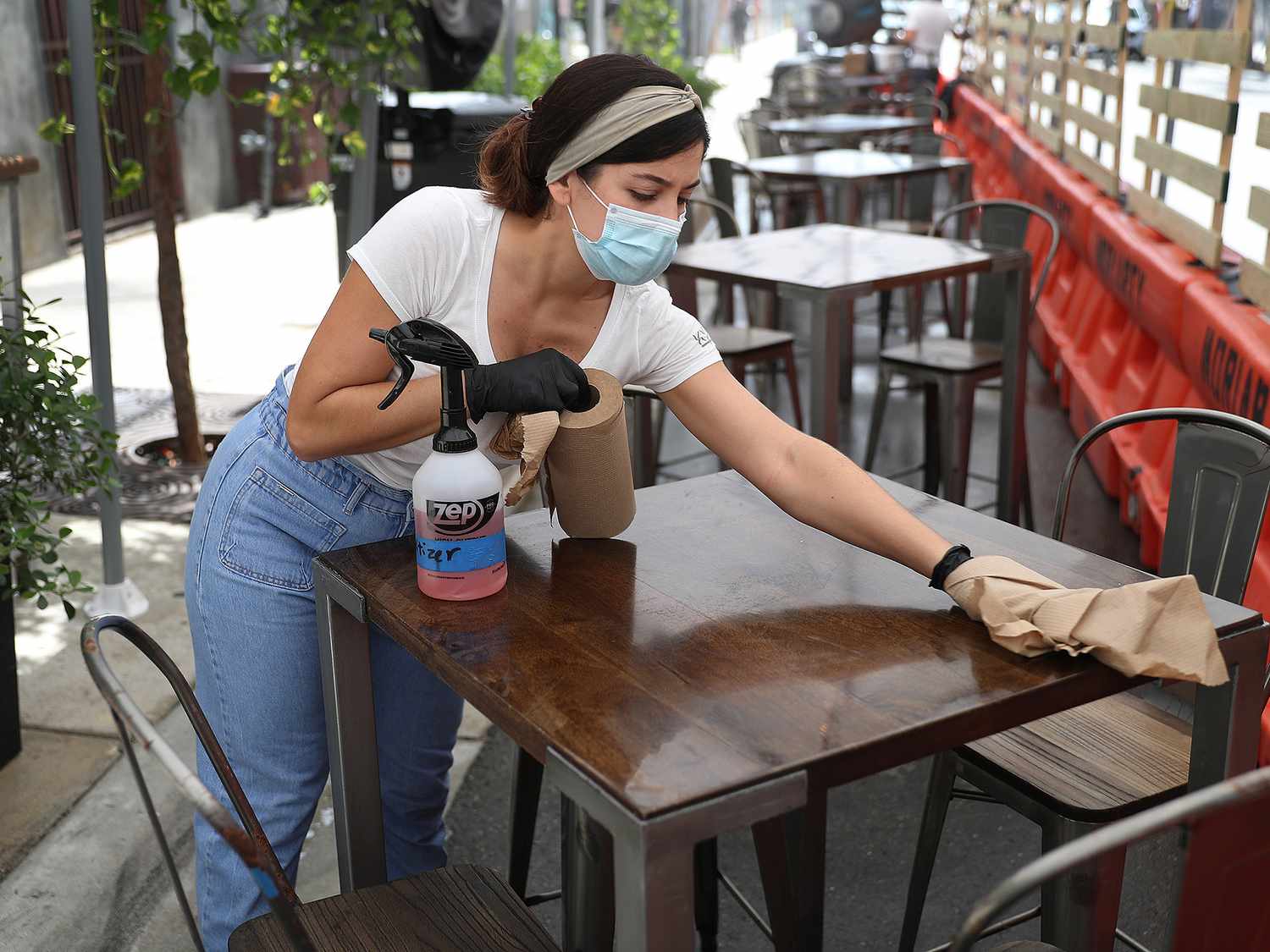
Florida set a new single-day record for COVID-19 deaths on Thursday as the state’s overall death toll surpassed 4,000.
The state reported 120 new COVID-19 deaths, more than two times the 7-day average and significantly higher than the state's previous record of 83 deaths from April 28. At least 4,008 people have died from the virus in Florida since the start of the outbreak in March, according to The New York Times’ database.
The jump in deaths comes after a month and a half of soaring COVID-19 case numbers and hospitalizations. Florida’s Department of Health reported 8,935 new cases on Thursday, while the overall rate of positive tests is 19.6 percent, the highest the state has seen so far.
As of Tuesday, 56 hospitals in Florida have reached capacity in intensive care units, and an additional 35 hospital ICUs have 10 percent availability or less.
One day earlier, Texas also set its own single-day record for COVID-19 deaths, with 119, nearly double the 7-day average.
The national death rate is also now trending upwards for the first time since April, when New York was dealing with a major outbreak.
While President Donald Trump incorrectly asserted that the U.S. death rate was the lowest in the world on Monday, Dr. Anthony Fauci, the nation’s top infectious disease expert, said Tuesday that it is a “false narrative to take comfort in a lower rate of death,” CNN reported.
According to health experts, as the case numbers soar, it is only a matter of time before the death rate increases as well. Dr. Michael Osterholm, an epidemiologist and Director of the Center for Infectious Disease Research and Policy at the University of Minnesota, told PEOPLE on July 2 that the U.S. has gotten better at treating COVID-19, which should keep deaths lower, but that he still expects them to rise in the coming weeks.
“We have gotten better at treating patients and that's important. How much that has contributed is unclear, but in some cases, 70 to 80 percent of the people on a ventilator were dying early in the pandemic. Today, in many locations, that number is less than 20 or 30 percent,” Osterholm said. “We also now have younger people who are getting infected, and they pose a much lower risk of having serious illness or dying. So while the number of cases goes up, the number of people dying has gone down.”
“But,” he continued, “as more cases occur, the greater the likelihood is that older people will get infected, which then will again increase the number of deaths. So the number of deaths could rise substantially over the next two to three months.”
As information about the coronavirus pandemic rapidly changes, PEOPLE is committed to providing the most recent data in our coverage. Some of the information in this story may have changed after publication. For the latest on COVID-19, readers are encouraged to use online resources from CDC, WHO, and local public health departments. PEOPLE has partnered with GoFundMe to raise money for the COVID-19 Relief Fund, a GoFundMe.org fundraiser to support everything from frontline responders to families in need, as well as organizations helping communities. For more information or to donate, click here.
Source: Read Full Article
